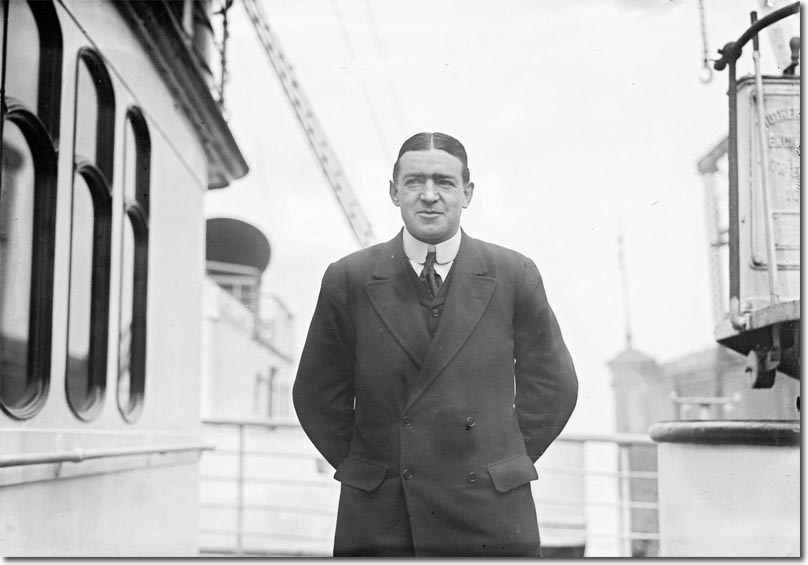|
|


|
|
Shackleton's most famous expedition set out from Plymouth in the Endurance with the Imperial Trans-Antarctic Expedition in 1914. The timing of the journey would mean that the remarkable nature of his heroism and the exploits of the expedition were drowned out by the carnage of the First World War. Notwithstanding that fact, the expedition is one of the most famous examples of personal heroism from the annals of imperial history.
In December 1914, Endurance sailed from South Georgia towards the Weddell Sea, where she became beset in heavy pack ice in January 1915. After the ship was crushed, the crew lived for six months on drifting ice until this broke up north-east of the Antarctic Peninsula. Proceeding in three open boats, the party of twenty-eight men reached Elephant Island on 15 April 1916. To seek help, Shackleton set out with five men in the James Caird on an epic sixteen-day voyage to South Georgia. On arrival there, Shackleton, Frank Worsley and Tom Crean made the first crossing of the rugged mountain interior, reaching Stromness Bay whaling station on 20 May 1916. After three unsuccessful attempts to rescue the Elephant Island party, Shackleton finally reached the stranded men in the Chilean naval steam tug Yelcho on 30 August 1916. |
Empire in Your Backyard: Plymouth Article | Significant Individuals
Armed Forces | Art and Culture | Articles | Biographies | Colonies | Discussion | Glossary | Home | Library | Links | Map Room | Sources and Media | Science and Technology | Search | Student Zone | Timelines | TV & Film | Wargames